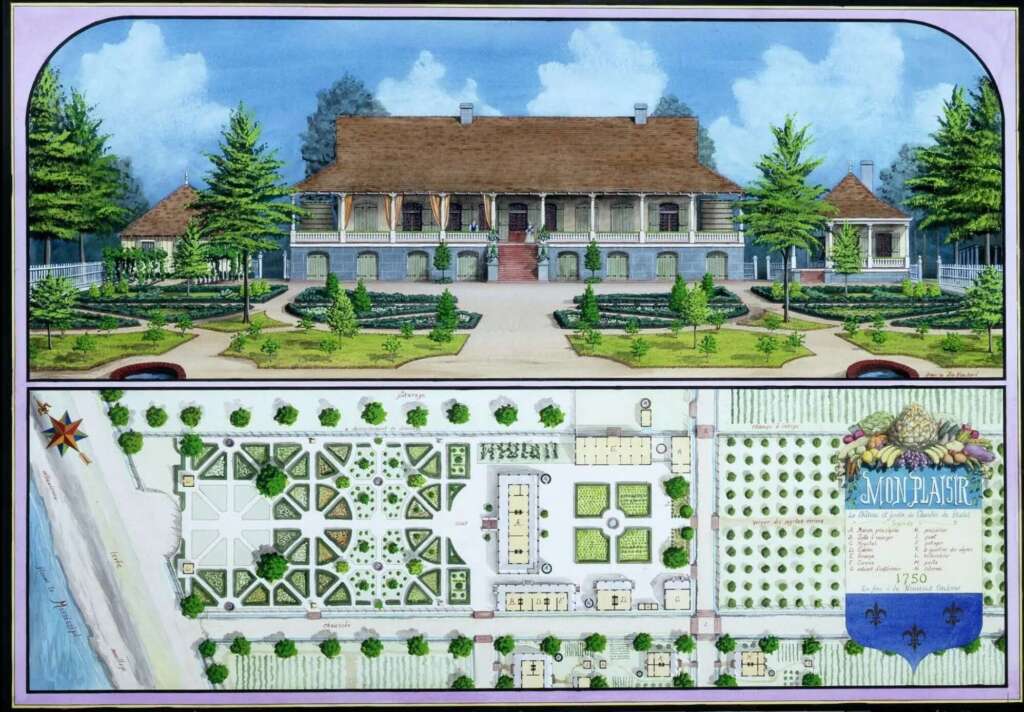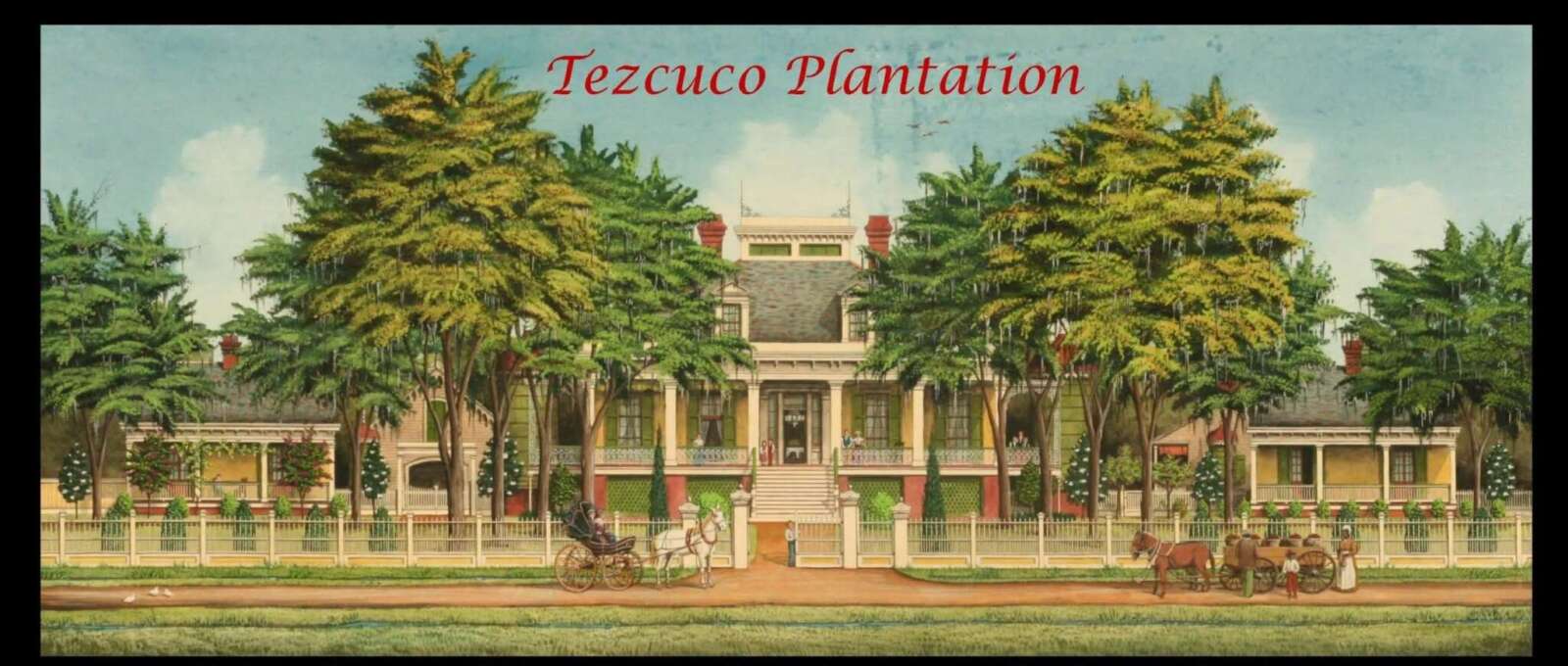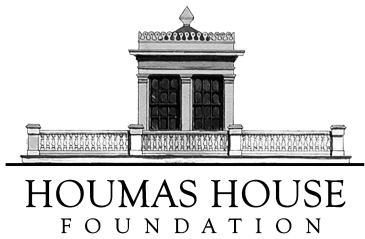
Original artwork by Jim Blanchard
The great plantations of Louisiana were mainly located along the Mississippi River on what is known as The Great River Road, and is about 70 miles long lining both sides of the river from New Orleans to Baton Rouge.
In 1861 it is estimated that half of the millionaires in the United States lived along the Mississippi River on the great plantations built upon the rich soil supplied by the Mississippi. Most were built in the Greek Revival style, while other styles were of the Creole and Italianate styles.
A Louisiana plantation was more like a village as it had many houses and buildings on the property, including big mansions for their owner. The additional buildings were for processing crops, sugar houses, barns, buildings for cooking, storage buildings for equipment and animals, housing for the house servants and of course housing for the laborers known as the quarters.
Before sugar cane, these lands were used to grow indigo, tobacco, cotton, and other crops. Then along came an improved variety of sugar cane and many plantations changed to sugar as their cash crop. These plantations were mostly built in the 30 years before the Civil War by the wealthy sugar planters.
Today, the remaining grand homes are great reminders of our Louisiana history and heritage. Louisiana has lost many of her plantations through the years (Civil War, neglect, abandonment, fires, age) but others have been restored or renovated. Many are still owned by the original families and some have working sugarcane crops, while others were acquired and saved by organizations.
Taken from atop the sugar mill on the Clark Plantation of Houmas, this photograph below shows the Overseers residence, outbuildings and slave quarters all neatly arranged in a village setting. The building on the far right is the sugar cane weigh station for the cane coming out of the fields.


Original artwork by Jim Blanchard
Tezcuco was built for Benjamin Tureaud around 1855. He was the grandson of Emmanuel Bringier and the son of Augustin Dominique Tureaud, both plantation owners. The plantation remained in the Tureaud family until 1950 when Dr and Mrs Roberts H. Potts purchased it. The present owner obtained it in 1982 and restored Tezcuco and furnished it with antebellum antiques, some of which included pieces from the famous New Orleans cabinet makers, Mallard and Seignouret. Tezcuco contained a number of details which distinguished it as an exceptional example of the raised Creole cottage, including the ironwork in an elaborate grape and vine pattern found on the two side porches and the railing on the front porch. The raised house rested on a stuccoed brick basement with similar piers under the gallery and porches. The hip roof had gabled, pedimented dormers with entablatures and pilasters. Unfortunately Tezcuco Plantation was completely destroyed by fire in May, 2002.

